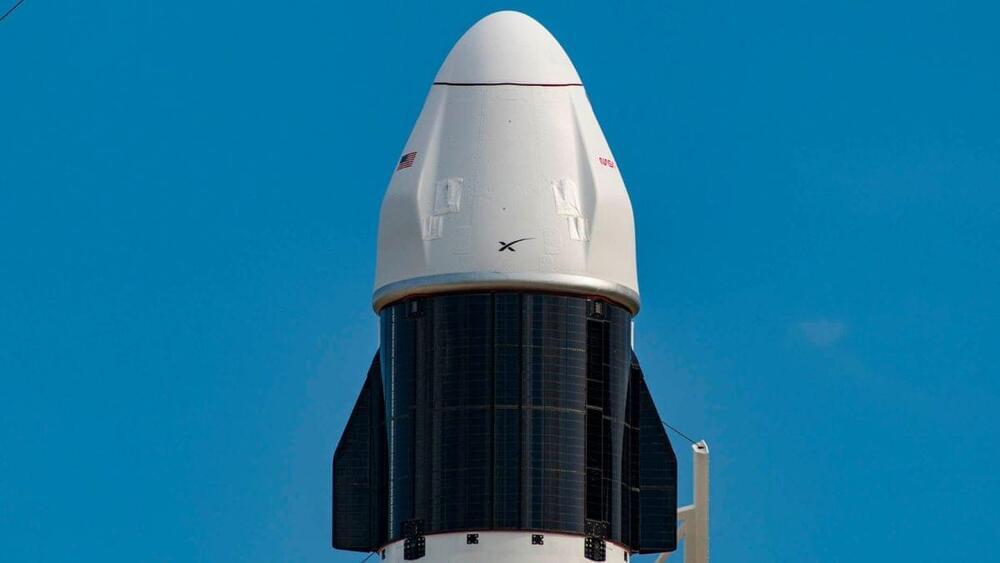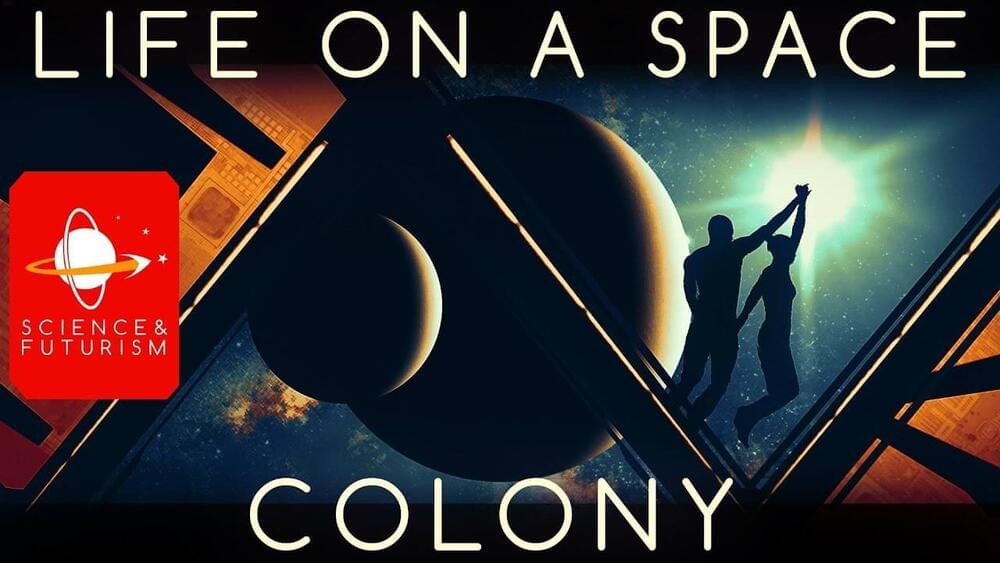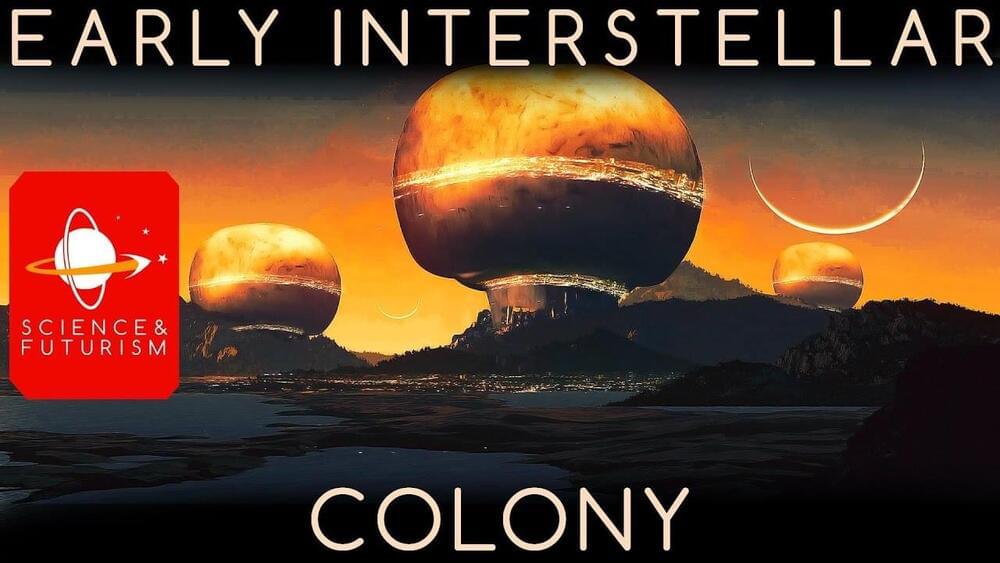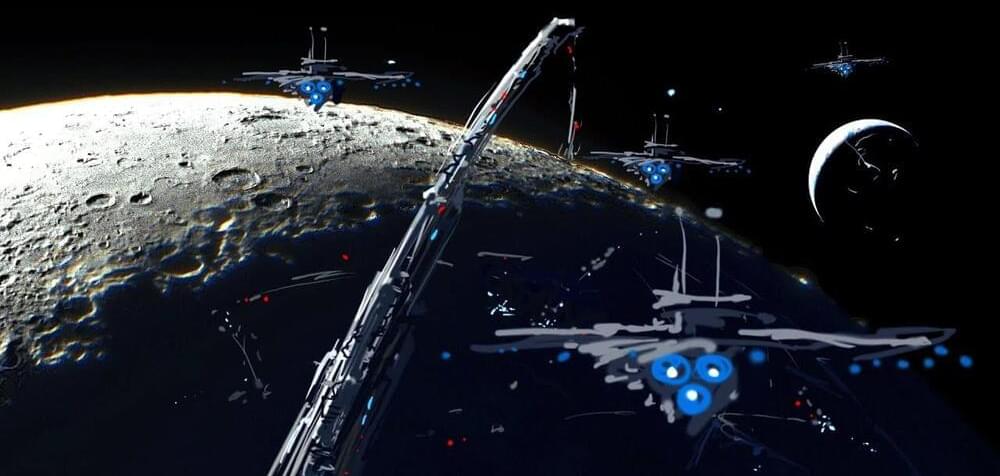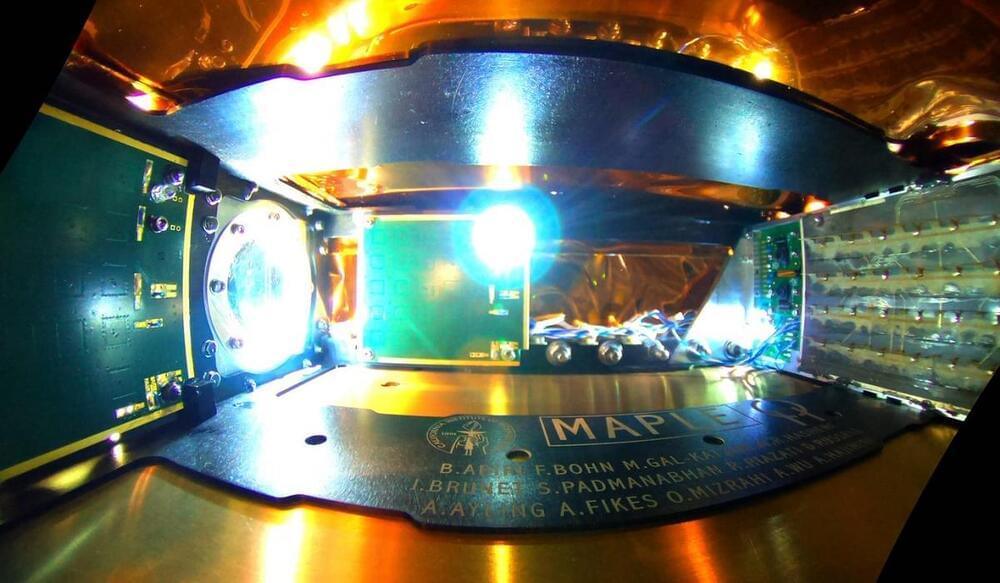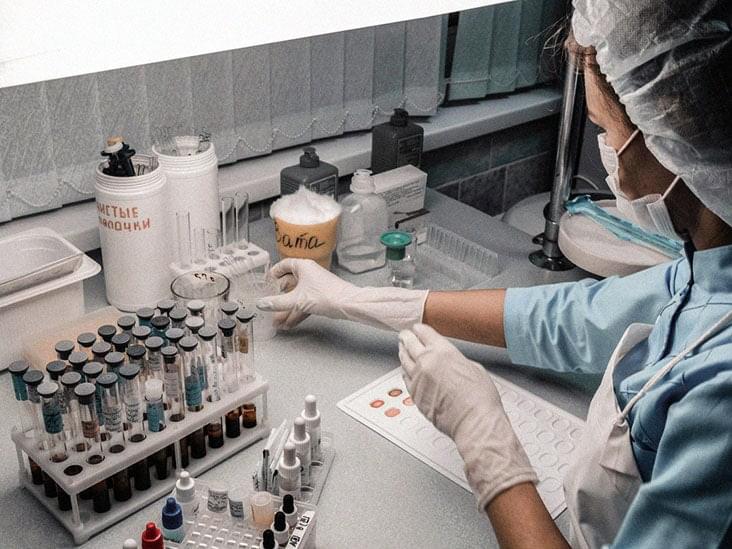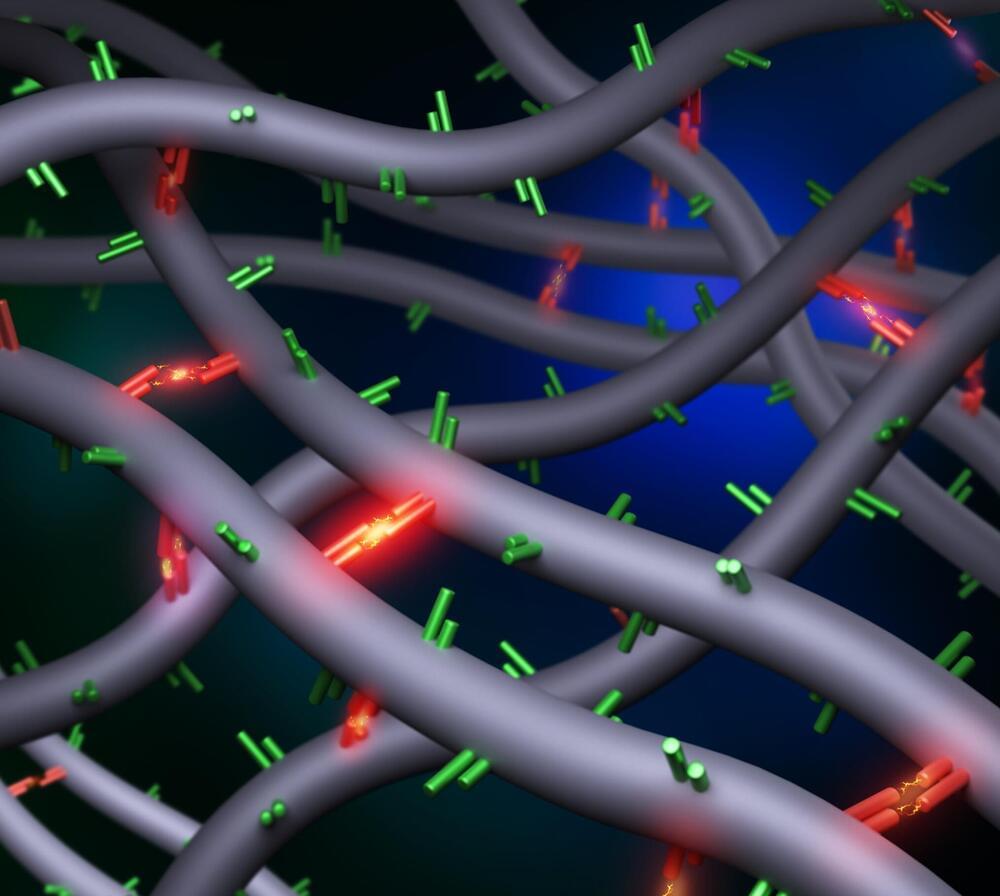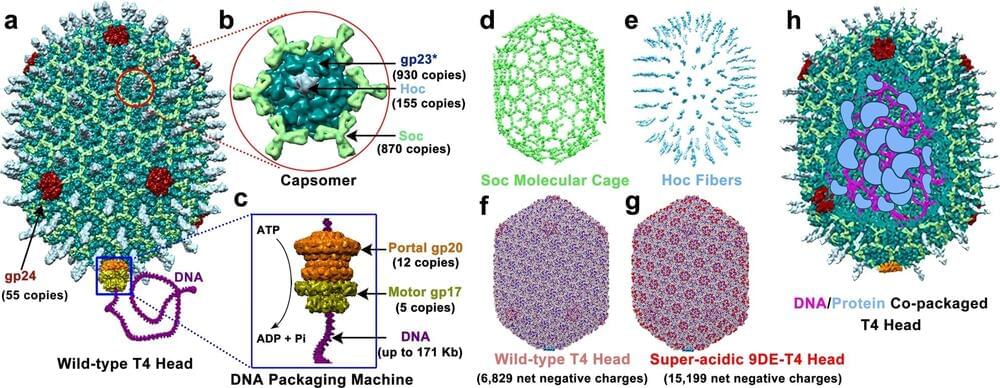A recently discovered formation of galaxies spanning 3.3 billion light-years is one of the largest known structures in the universe, contradicting some of the most fundamental beliefs of astronomers about the cosmos. The Giant Arc is composed of galaxies, galaxy clusters, and a significant amount of gas and dust. It is located 9.2 billion light-years away and covers approximately one-fifteenth of the visible universe.
The discovery was “fortuitous,” according to Alexia Lopez, a doctoral candidate in cosmology at the University of Central Lancashire (UCLan) in the United Kingdom. Lopez was creating maps of the night sky using light from around 120,000 quasars, which are the bright centres of galaxies where supermassive black holes consume matter and generate energy.
By measuring magnesium’s imprints, Lopez could calculate the distance to the intervening gas and dust, as well as the composition of the substance. The quasars were used as “spotlights in a dark room,” illuminating the intervening matter, according to Lopez. A structure began to emerge in the middle of the cosmic maps, a massive arc that was an indication of the Giant Arc.
